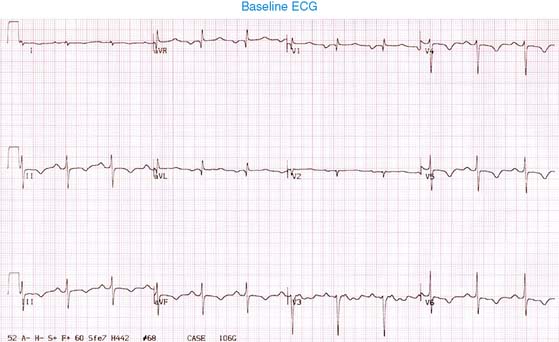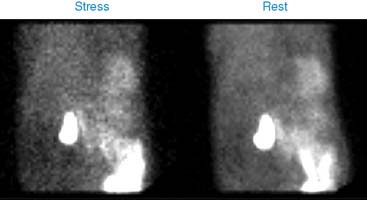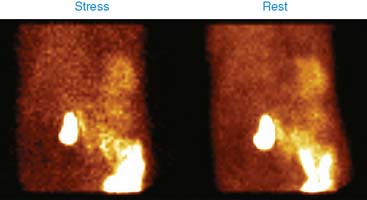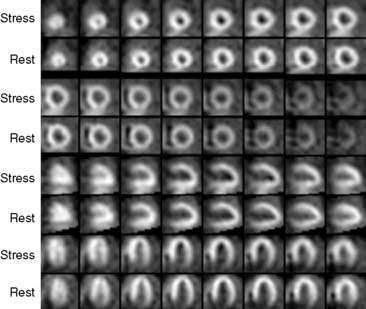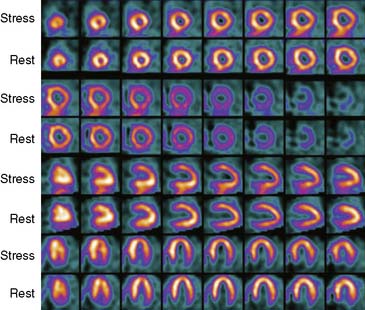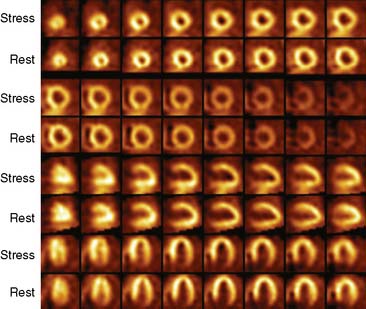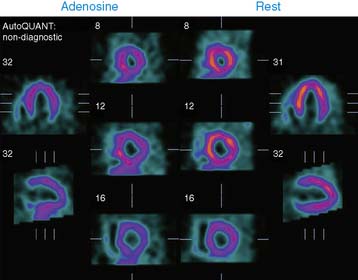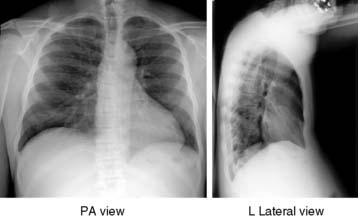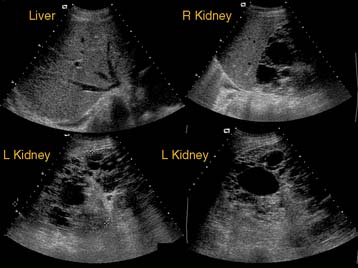Case 25
Recent Posts
- ADHD Medicine: How It Helps You Focus and Feel Better
- Ergonomics at Work: How the Design of Restaurant Tables and Chairs Impacts Posture and Back Health
- Top 7 Myths About Laser Eye Surgery — Debunked by Experts
- How Multi-Mode Microplate Readers Accelerate Drug Discovery Workflows
- How Multi-Mode Microplate Readers Accelerate Drug Discovery Workflows
Categories
- Allergy and Immunology
- Anesthesiology
- Basic Science
- Cardiothoracic Surgery
- Cardiovascular
- Complementary Medicine
- Critical Care Medicine
- Dermatology
- Emergency Medicine
- Endocrinology, Diabetes and Metabolism
- Gastroenterology and Hepatology
- Hematology, Oncology and Palliative Medicine
- Internal Medicine
- Medical Education
- Neonatal – Perinatal Medicine
- Nephrology
- Neurology
- Neurosurgery
- Nursing & Midwifery & Medical Assistant
- Obstetrics & Gynecology
- Opthalmology
- Orthopaedics
- Otolaryngology
- Pathology
- Pediatrics
- Physical Medicine and Rehabilitation
- Plastic Reconstructive Surgery
- Psychiatry
- Pulmolory and Respiratory
- Radiology
- Rheumatology
- Surgery
- Test
Case 25
Published on 02/03/2015 by admin
Filed under Internal Medicine
Last modified 22/04/2025
Print this page
